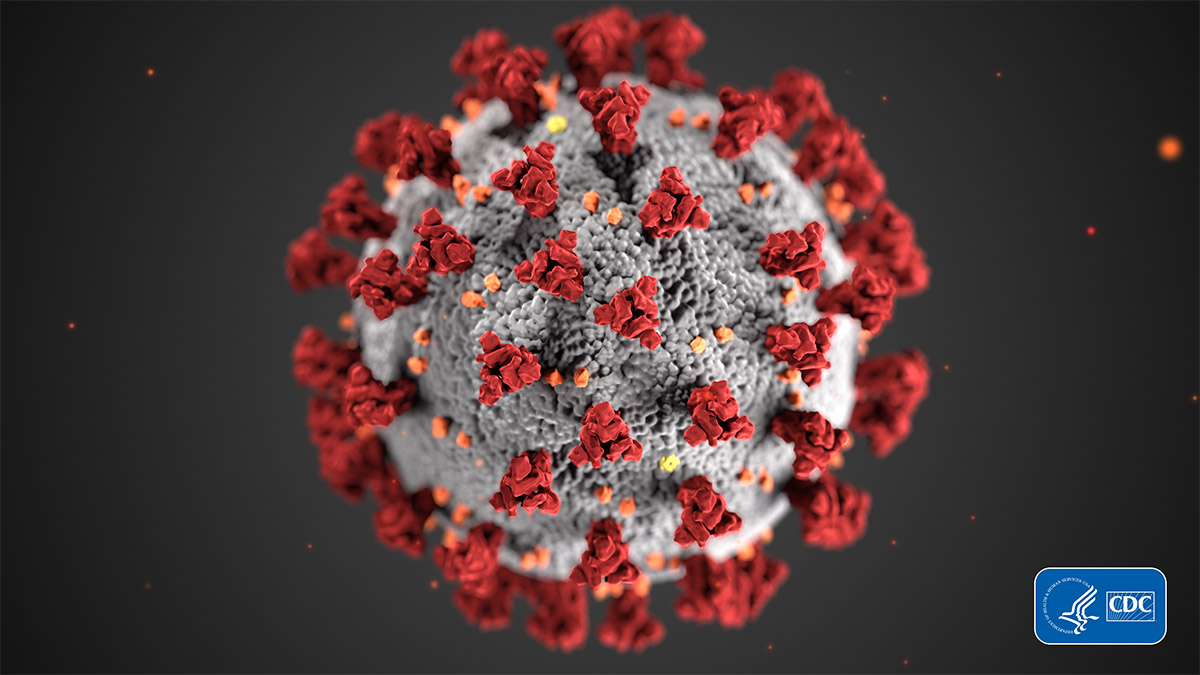
Coronavirus
particle, greatly magnified. The term "corona" means "crown," referring
to the spikes on the edge which resemble a crown, giving the virus its
name.
Image Source
Image Source
A Comparison of COVID-19 with Other Disease Outbreaks
Year
Disease
Numbers Affected
Deaths
Influenza Pandemic
50 to 100 million
HIV / AIDS 1
SARS
(Severe Acute Respiratory Syndrome)
Swine Flu
(H1N1 Virus)
Global
Range: 151,700 - 575,400
2009-2010
Swine Flu
(H1N1 Virus)
US Only
274,000 hospitalizations
(this year alone)
Malaria
(this year alone)
Tuberculosis
US alone
COVID-19
Wuhan Coronavirus
WHO (World Health Organization)
Situation Report 83
492,881
31,606
Global figures
Situation Report 83
COVID-19
Wuhan Coronavirus
WHO (World Health Organization)
1,696,588
(Previous tally,
April 11 = 1,610,909)
Situation Report 82
(Previous tally,
April 11 = 99,690)
Situation Report 82
Influenza